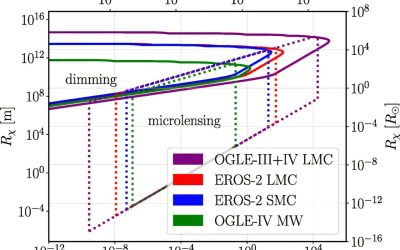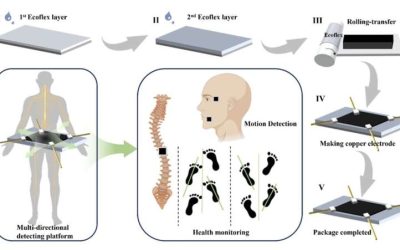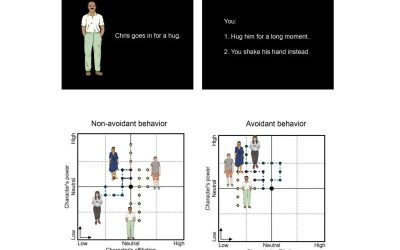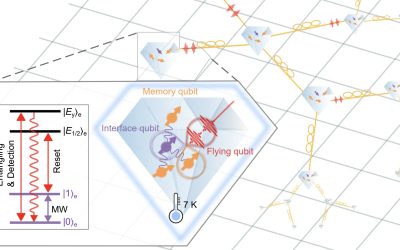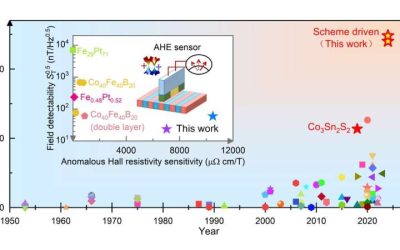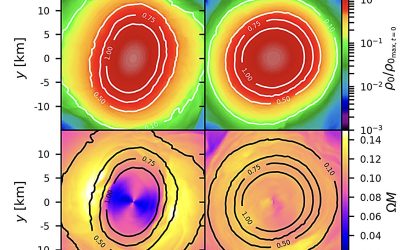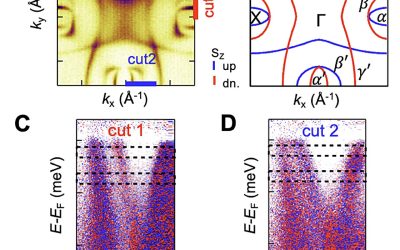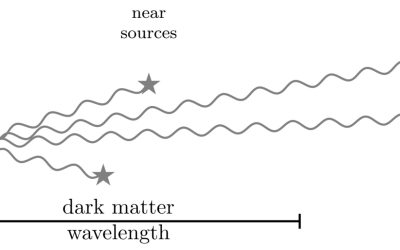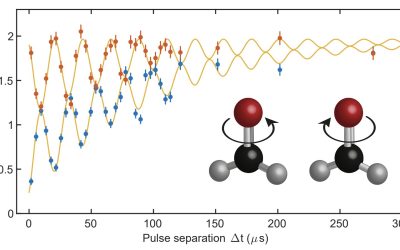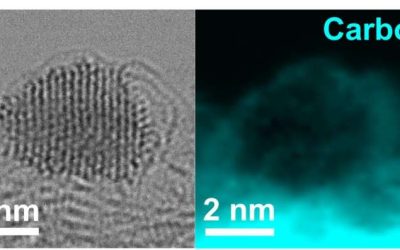The detection of dark matter, an elusive form of matter believed to account for most of the universe's mass, remains a long-standing goal within the physics research community. As this type of matter can only emit, reflect or absorb light very weakly, it cannot be...
PHYS.ORG
Carbon nanotube-based strain sensor can detects deformations in multiple directions
Over the past decades, electronics engineers developed increasingly small, flexible and sophisticated sensors that can pick up a wide range of signals, ranging from human motions to heartrate and other biological signals. These sensors have in turn enabled the...
Quantifying social avoidance: Game-based choices reflect real-world relationship patterns and network size
The relationships between different people can change over time, as the result of their life choices, internal or external experiences and various other factors. Some people develop a greater tendency to avoid others in their lives, including friends, colleagues,...
Researchers attain coherent control of a hybrid quantum network node
Quantum technologies, which operate leveraging quantum mechanical phenomena, have the potential to outperform their classical counterparts in some optimization and computational tasks. These technologies include so-called quantum networks, systems designed to transmit...
Mathematical model modulates the anomalous Hall angle in a magnetic topological semimetal
When an electric current passes through some materials, it generates a voltage perpendicular to the direction in which the current is flowing and of an applied magnetic field. This physical phenomenon, known as the anomalous Hall effect, has been linked to the...
Rethinking neutron star mergers: Study explores the effects of magnetic fields on their oscillating frequencies
Neutron star mergers are collisions between neutron stars, the collapsed cores of what were once massive supergiant stars. These mergers are known to generate gravitational waves, energy-carrying waves propagating through a gravitational field, which emerge from the...
Layered room-temperature altermagnet shows promise for advanced spintronics
Traditionally, magnetic materials have been divided into two main categories: ferromagnets and antiferromagnets. Over the past few years, however, physicists have uncovered the existence of altermagnets, a new type of magnetic material that exhibits features of both...
Astrophysicists propose new method to directly detect ultralight dark matter
The detection of dark matter, the elusive type of matter predicted to make up most of the universe's mass, is a long-standing goal in the field of astrophysics. As dark matter does not emit, reflect or absorb light, it cannot be observed using conventional...
Study realizes symmetry-protected molecular qubits based on cold polyatomic molecules
Over the past decades, researchers have been trying to develop increasingly advanced and powerful quantum computers, which could outperform classical computers on some tasks. To attain this, they have been trying to identify new ways to store and manipulate qubits,...
Pt nano-catalyst with graphene pockets enhances fuel cell durability and efficiency
The manufacturing and deployment of hybrid and electric vehicles is on the rise, contributing to ongoing efforts to decarbonize the transport industry. While cars and smaller vehicles can be powered using lithium batteries, electrifying heavy-duty vehicles, such as...

